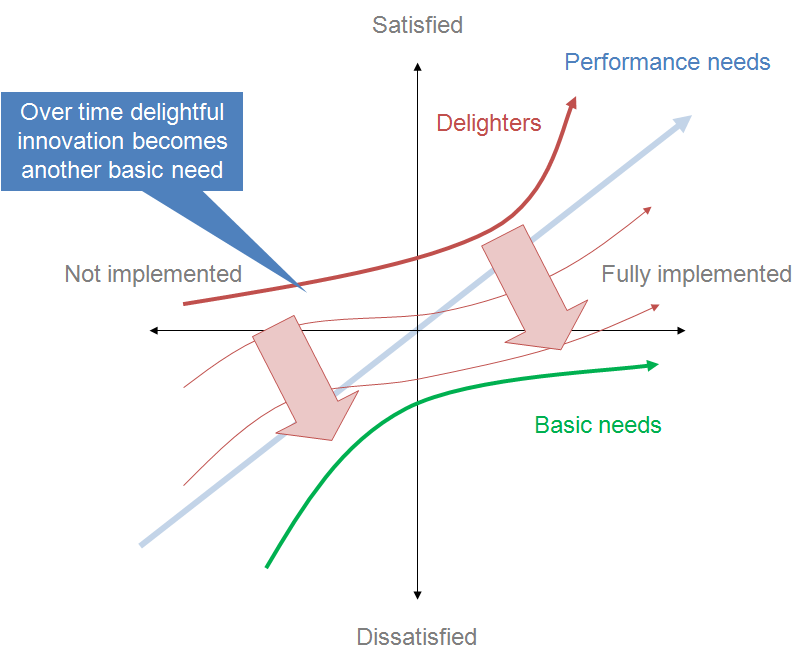"Value does not exist in a vacuum.
Your value - the value that will underpin your value-based pricing (VBP) -
is always specific to a well-defined customer segment. Value is also relative to what your competitors offer to customers in the segment. By now your thinking should have moved away from generalizations (large markets, one-size-fits-all thinking) to focus on these narrower definitions, because these are the keys to your success with VBP.
...
Consider the following questions about what you deliver to your customers, day-in and day-out.
What makes you special? What makes you unique as a whole? What makes your products unique? Can you be easily imitated? And how well are the answers to these questions expressed explicitly in your value proposition? The answers describe your competitive advantage, and these in turn provide the raw material for your value propositions.
Competitive advantage takes three forms: measurable product and service differentiation, market position, and cost/price. The sum of these is your overall competitive advantage, as figure 5.1 shows.
You will never be strong in all three, although combinations are possible.
Related to my comment above,
I am tired of hearing the word commodity. Except for standardized items that are traded on international exchanges, such as a barrel of oil or a bushel of wheat,
there is no such thing as a commodity. The frequency with which I hear that word usually correlates well with how beat up an organization is. They have given up on value, and they fight aggressively in bare-knuckled price wars instead of making the effort to find and extract their true differentiation. Please let me repeat:
If you are still in business today, you are doing something right. You are adding value, and it goes beyond the product. It is therefore your responsibility to find your true differentiation, extract it, quantify it, and communicate it. No one else is going to do that for you. Your competitors are certainly not going to do so. And your buyers are not going to volunteer it!
Continua.


/https%3A%2F%2Fwww.industryweek.com%2Fsites%2Findustryweek.com%2Ffiles%2FLiouz-chart-1.png)













%2006.21.jpeg)












